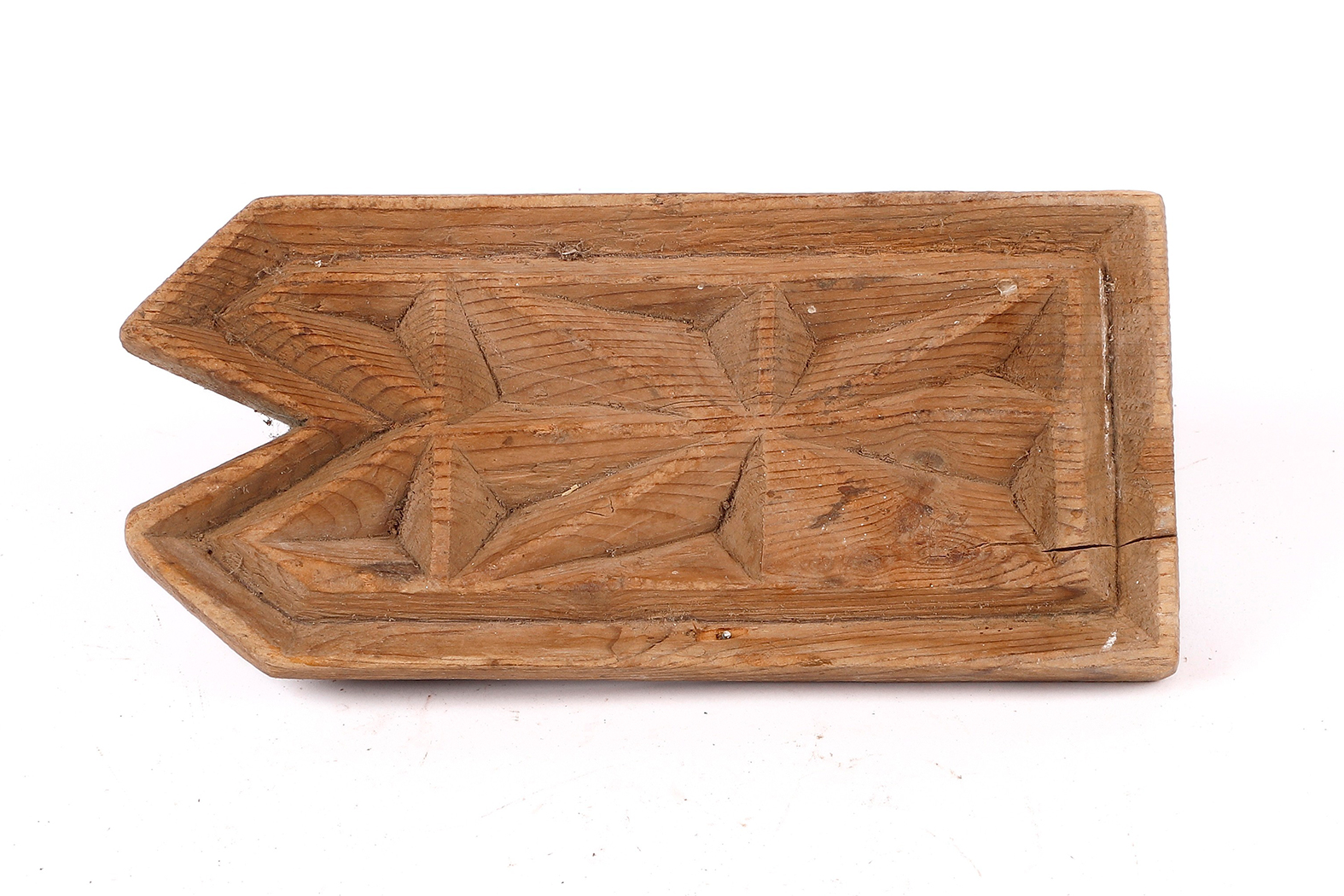Listen to Story
Geschichte Anhören
Teç Seal
Work Description
The end part of the rectangular seal has the form of two slices. On its surface there are geometric ornaments created by the scraping technique.
Type
Terracotta
Era
20th century
Size
Length: 24cm. Width: 11cm.
Story
“TEÇ SEAL
Teç is the name given to the pile of wheat and barley at the end of the harvest. During the years of
World War II, the state received a significant share of the farmer’s production (öşür tax) through
tax officials called shahna. This seal was used to prevent the farmer from selling or leveraging the
harvest until the tax share was received. The farmer would be released after the shahna’s
inspection and taxing. The seal is a symbol of the hunger and misery suffered by the villagers
during the difficult years of the country. A story that has been passed through generations in
Bayburt is as follows: Shahna, who came to the threshing room, wants to comfort the sad farmer
and tells him, “”If you immediately recite the names of seven of the villages of Bayburt, I will not
take revenge on you.”” The farmer immediately counts the names of the seven villages; He says, “”
“”Çorak, Çıpkınıs, Manas, Sünür eller anası, iki Kitre, bir Çüreği, Altıntaştır direği, give me the
shovel,”” and pulls the shovel out of the hand of the person and gets relieved of the öşür tax.”


